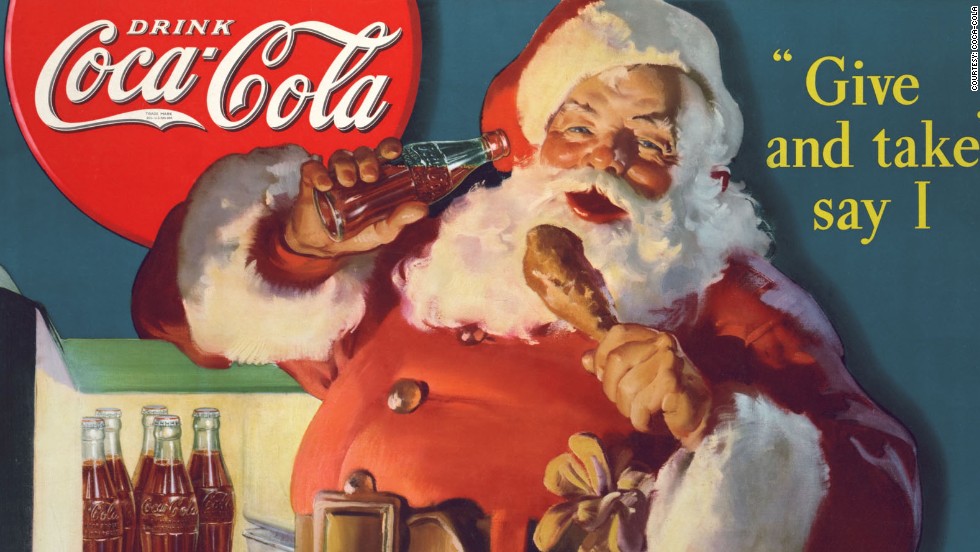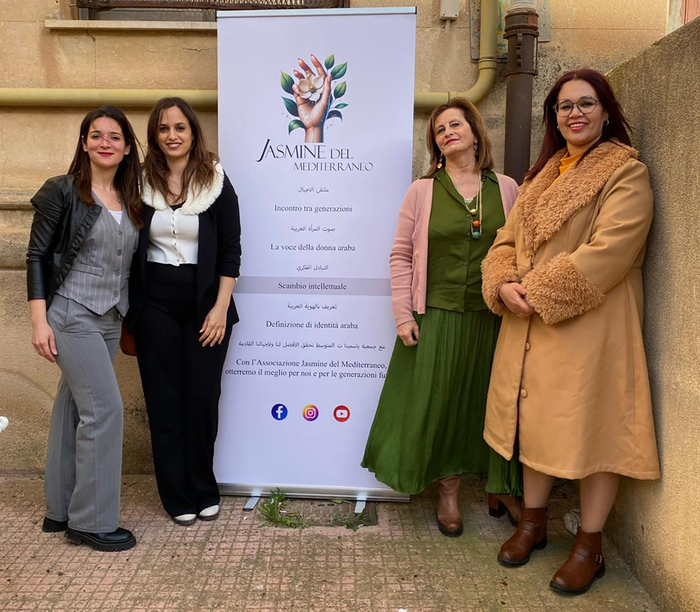Heading to Christmas Eve, the most beautiful Christmas trees in the world 1:23
(CNN) --
Already the trees are decorated and the mangers are armed.
Some even leave milk and cookies for Santa Claus.
There are many traditions that we turn to at Christmas, but have you ever wondered where they come from?
Now you will know.
Is it true that Coca-Cola invented the modern Santa Claus?
No, that's a myth.
Although Coca-Cola began using Santa Claus in its advertisements in the 1930s, the company did not invent the image of the good-natured old man in his red and white outfit.
But Santa's red suit and his white beard matched the brand's colors.
The modern image of Santa has been evolving over the centuries.
Modeled after Saint Nicholas, who had a reputation for secret gift-giving, Santa eventually became a chimney-jumping, sleigh-riding man, a figure created from the pictorial work of the likes of Washington Irving and illustrator Thomas Nast.
advertising
Nast's 1881 play "Merry Old Santa Claus" further formed the basis of today's Santa.
In that image, Santa appears in the classic red and white suit with a big belly.
Where do candy canes come from?
This is one of the traditions we're not so sure about.
One story goes that a German choirmaster in 1670 was concerned about the behavior of children during masses, so he went to a candy manufacturer to buy sticks of white sugar to keep them still.
To give the candy an educational function, the choirmaster asked the candy maker to make it in the shape of a cane so that the children would remember the story of the shepherds who visited the baby Jesus.
However, all references to this story are anecdotal and there are no records to prove it true.
What we do know is that in 1919, Bob McCormack began making canes in Georgia and eventually became one of the world's leading cane manufacturers.
Because manually producing the candies into the traditional 'J' shape was inefficient and labor intensive, McCormack's brother-in-law, a Catholic priest named Gregory Keller, invented the Keller Machine to automate the process of shaping the candies into curves. sweets.
Why do we put up Christmas trees?
There are a few different stories about the origin of the modern Christmas tree, although not all of them are based on fact.
Evergreen trees have been used by pagans in winter festivals for thousands of years.
During the winter solstice, evergreen trees signified the arrival of spring.
As Christianity spread across Europe, trees began to be used as a symbol of Christmas.
In plays in Germany they were often used as props, decorated with apples to represent the Garden of Eden.
A legend says that the Protestant reformer Martin Luther in the 16th century was the one who brought Christmas trees to homes.
Luther was supposedly walking through a wood on the night before Christmas when he looked up at the stars through the branches of the trees.
He was so amazed by what he saw that he told his children that he reminded her of Jesus, and then put a tree in his house.
But it wasn't until the mid-19th century that the Christmas tree as we know it became a custom.
Queen Victoria of England encouraged her husband, Prince Albert, to decorate a tree just like he had in her house in what is now Germany.
When a drawing of the royal family with their luxurious tree appeared in a London newspaper, the tradition caught on in the United Kingdom and the United States.
Editor's Note: This article was originally published in 2016 and republished in 2022.
TreeCoca-ColaChristmasSanta Claus









